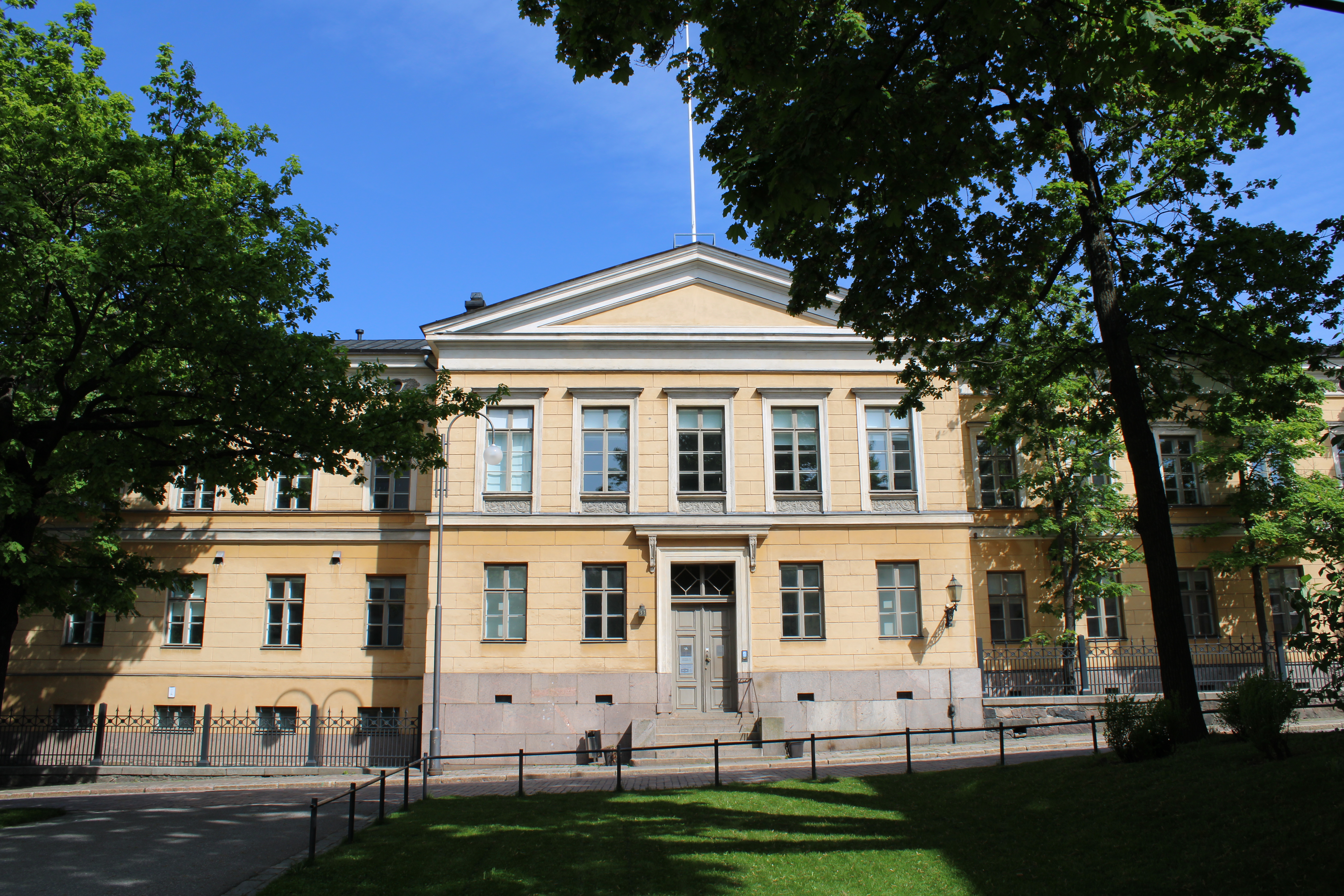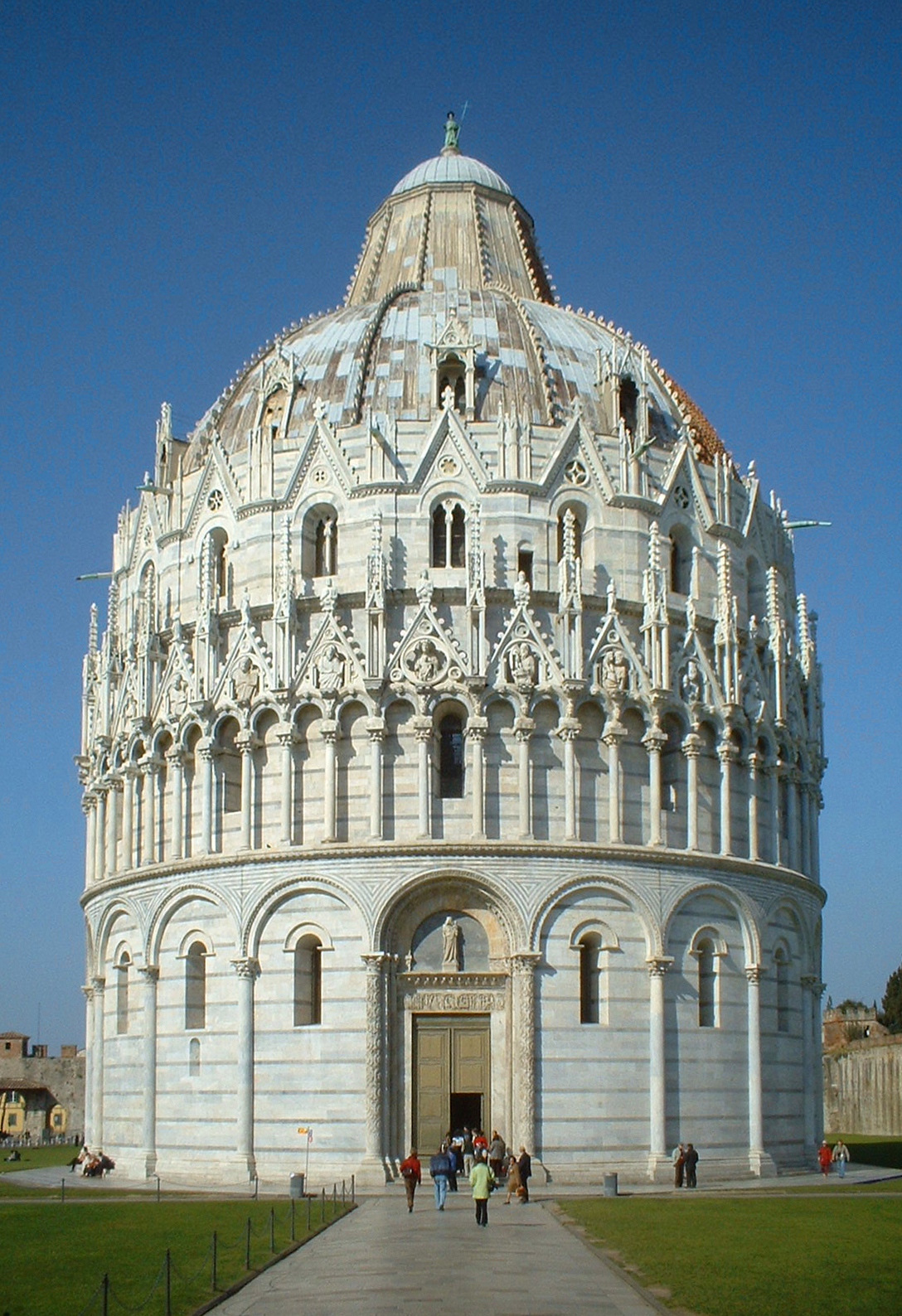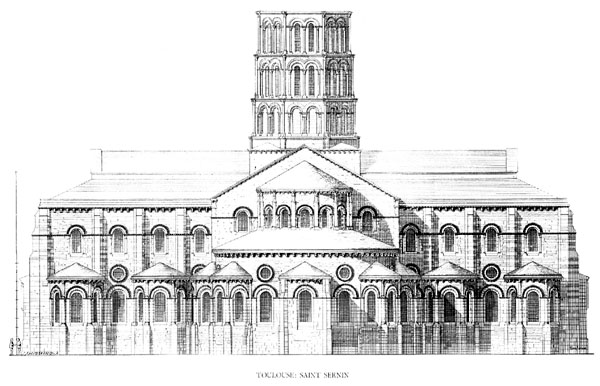|
Aizac
Aizac () is a commune in the Ardèche department in the Auvergne-Rhône-Alpes region of southern France. The inhabitants of the commune are known as ''Aizacois'' or ''Aizacoises'' Geography Aizac is located some 30 km east of Langogne and 40 km west of Livron-sur-Drome close to the Monts d'Ardeche Regional Nature Park. Access to the commune is difficult with only three circuitous roads entering the commune. From Vals-les-Bains in the south the D578 goes north then left to the D243 which eventually comes close to the western border of the commune where there is a right turn to the D443 which enters the commune and joins the D254 at the village. The D254 road enters the commune from Labastide-sur-Besorgues in the north-west and continues through the commune exiting on the eastern side intersecting with the D578 which goes north and south. Other than small mountain roads no other roads enter the commune. The village is very small with only a few houses and there are a few ... [...More Info...] [...Related Items...] OR: [Wikipedia] [Google] [Baidu] |
Communes Of The Ardèche Department
The following is a list of the 335 communes of the Ardèche department of France. The communes cooperate in the following intercommunalities (as of 2020):BANATIC Périmètre des EPCI à fiscalité propre. Accessed 3 July 2020. *Communauté d'agglomération Annonay Rhône Agglo * (partly) * |
Communes Of France
The () is a level of administrative division in the French Republic. French are analogous to civil townships and incorporated municipalities in the United States and Canada, ' in Germany, ' in Italy, or ' in Spain. The United Kingdom's equivalent are civil parishes, although some areas, particularly urban areas, are unparished. are based on historical geographic communities or villages and are vested with significant powers to manage the populations and land of the geographic area covered. The are the fourth-level administrative divisions of France. vary widely in size and area, from large sprawling cities with millions of inhabitants like Paris, to small hamlets with only a handful of inhabitants. typically are based on pre-existing villages and facilitate local governance. All have names, but not all named geographic areas or groups of people residing together are ( or ), the difference residing in the lack of administrative powers. Except for the municipal arr ... [...More Info...] [...Related Items...] OR: [Wikipedia] [Google] [Baidu] |
Chirols
Chirols (; oc, Chiròus) is a commune in the Ardèche department in southern France. Population See also *Communes of the Ardèche department The following is a list of the 335 communes of the Ardèche department of France. The communes cooperate in the following intercommunalities (as of 2020):Communes of Ardèche Ardèche communes articles needing translation from French Wikipedia {{Ardèche-geo-stub ... [...More Info...] [...Related Items...] OR: [Wikipedia] [Google] [Baidu] |
Institut Géographique National
An institute is an organisational body created for a certain purpose. They are often research organisations (research institutes) created to do research on specific topics, or can also be a professional body. In some countries, institutes can be part of a university or other institutions of higher education, either as a group of departments or an autonomous educational institution without a traditional university status such as a "university institute" (see Institute of Technology). In some countries, such as South Korea and India, private schools are sometimes referred to as institutes, and in Spain, secondary schools are referred to as institutes. Historically, in some countries institutes were educational units imparting vocational training and often incorporating libraries, also known as mechanics' institutes. The word "institute" comes from a Latin word ''institutum'' meaning "facility" or "habit"; from ''instituere'' meaning "build", "create", "raise" or "educate". U ... [...More Info...] [...Related Items...] OR: [Wikipedia] [Google] [Baidu] |
Stoup
A holy water font or stoup is a vessel containing holy water which is generally placed near the entrance of a church. It is often placed at the base of a crucifix or religious representation. It is used in the Catholic Church, Anglican Churches, and some Lutheran churches to make the Sign of the Cross using the holy water upon entrance of the church. Holy water is blessed by a priest or a deacon, and many Christians believe it to be a reminder of the baptismal promises. See also *Baptismal font A baptismal font is an article of church furniture used for baptism. Aspersion and affusion fonts The fonts of many Christian denominations are for baptisms using a non-immersive method, such as aspersion (sprinkling) or affusion (pouring) ... *'' Nipson anomemata me monan opsin'' * Home stoup, for usage and blessing at home References External links"Holy Water Fonts" Catholic Encyclopedia article [...More Info...] [...Related Items...] OR: [Wikipedia] [Google] [Baidu] |
Altar
An altar is a Table (furniture), table or platform for the presentation of religion, religious offerings, for sacrifices, or for other ritualistic purposes. Altars are found at shrines, temples, Church (building), churches, and other places of worship. They are used particularly in paganism, Christianity, Buddhism, Hinduism, Judaism, modern paganism, and in certain Islam, Islamic communities around Caucasus, Caucasia and Anatolia, Asia Minor. Many historical-medieval faiths also made use of them, including the Religion in ancient Rome, Roman, Religion in ancient Greece, Greek, and Norse paganism, Norse religions. Etymology The modern English language, English word ''wikt:altar#English, altar'' was derived from Middle English ''wikt:alter#Latin, altar'', from Old English ''wikt:alter, alter'', taken from Latin ''wikt:altare#Latin, altare'' ("altar"), probably related to ''wikt:adolere#Etymology 2, adolere'' ("burn"); thus "burning place", influenced by ''wikt:altus#Latin, altus'' ( ... [...More Info...] [...Related Items...] OR: [Wikipedia] [Google] [Baidu] |
Baptismal Font
A baptismal font is an article of church furniture used for baptism. Aspersion and affusion fonts The fonts of many Christian denominations are for baptisms using a non-immersive method, such as aspersion (sprinkling) or affusion (pouring). The simplest of these fonts has a pedestal (about tall) with a holder for a basin of water. The materials vary greatly consisting of carved and sculpted marble, wood, or metal. The shape can vary. Many are eight-sided as a reminder of the new creation and as a connection to the practice of circumcision, which traditionally occurs on the eighth day. Some are three-sided as a reminder of the Holy Trinity: Father, Son, and Holy Spirit. Fonts are often placed at or near the entrance to a church's nave to remind believers of their baptism as they enter the church to pray, since the rite of baptism served as their initiation into the Church. In many churches of the Middle Ages and Renaissance there was a special chapel or even a se ... [...More Info...] [...Related Items...] OR: [Wikipedia] [Google] [Baidu] |
Baptistry
In Christian architecture the baptistery or baptistry (Old French ''baptisterie''; Latin ''baptisterium''; Greek , 'bathing-place, baptistery', from , baptízein, 'to baptize') is the separate centrally planned structure surrounding the baptismal font. The baptistery may be incorporated within the body of a church or cathedral, and provided with an altar as a chapel. In the early Church, the catechumens were instructed and the sacrament of baptism was administered in the baptistery. Design The sacramental importance and sometimes architectural splendour of the baptistery reflect the historical importance of baptism to Christians. The octagonal plan of the Lateran Baptistery, the first structure expressly built as a baptistery, provided a widely followed model. The baptistery might be twelve-sided, or even circular as at Pisa. In a narthex or anteroom, the catechumens were instructed and made their confession of faith before baptism. The main interior space centered upon t ... [...More Info...] [...Related Items...] OR: [Wikipedia] [Google] [Baidu] |
Romanesque Architecture
Romanesque architecture is an architectural style of medieval Europe characterized by semi-circular arches. There is no consensus for the beginning date of the Romanesque style, with proposals ranging from the 6th to the 11th century, this later date being the most commonly held. In the 12th century it developed into the Gothic style, marked by pointed arches. Examples of Romanesque architecture can be found across the continent, making it the first pan-European architectural style since Imperial Roman architecture. The Romanesque style in England and Sicily is traditionally referred to as Norman architecture. Combining features of ancient Roman and Byzantine buildings and other local traditions, Romanesque architecture is known by its massive quality, thick walls, round arches, sturdy pillars, barrel vaults, large towers and decorative arcading. Each building has clearly defined forms, frequently of very regular, symmetrical plan; the overall appearance is one of simpli ... [...More Info...] [...Related Items...] OR: [Wikipedia] [Google] [Baidu] |
Institut National De La Statistique Et Des études économiques
The National Institute of Statistics and Economic Studies (french: link=no, Institut national de la statistique et des études économiques), abbreviated INSEE or Insee ( , ), is the national statistics bureau of France. It collects and publishes information about the French economy and people and carries out the periodic national census. Headquartered in Montrouge, a commune in the southern Parisian suburbs, it is the French branch of Eurostat. The INSEE was created in 1946 as a successor to the Vichy regime's National Statistics Service (SNS). It works in close cooperation with the Institut national d'études démographiques (INED). Purpose The INSEE is responsible for the production and analysis of official statistics in France. Its best known responsibilities include: * Organising and publishing the national census. * Producing various indices – which are widely recognised as being of excellent quality – including an inflation index used for determining the rate ... [...More Info...] [...Related Items...] OR: [Wikipedia] [Google] [Baidu] |
Miscellaneous Right
Miscellaneous right (', ''DVD'') in France refers to right-wing Right-wing politics describes the range of political ideologies that view certain social orders and hierarchies as inevitable, natural, normal, or desirable, typically supporting this position on the basis of natural law, economics, autho ... candidates who are not members of any large party. This can include members of small right-wing parties, dissidents expelled from their party for running against their party's candidate, or candidates who were never formal members of a party. Numerous ' candidates are elected at a local level, but also at a national level. See also * Independent Conservative * Independent Republican (United States) * Miscellaneous centre * Miscellaneous left References Right-wing parties in France Political parties of the French Fifth Republic Independent politicians in France {{France-poli-stub ... [...More Info...] [...Related Items...] OR: [Wikipedia] [Google] [Baidu] |
Miscellaneous Left
Miscellaneous left (', ''DVG'') in France refers to left-wing candidates who are not members of any party or a member of party that has no elected seats. They include either small left-wing parties or dissidents expelled from their parties for running against their party's candidate. Numerous ' candidates are elected at a local level, and a smaller number at the national level. See also * Miscellaneous centre *Miscellaneous right Miscellaneous right (', ''DVD'') in France refers to right-wing Right-wing politics describes the range of political ideologies that view certain social orders and hierarchies as inevitable, natural, normal, or desirable, typically suppor ... References Left-wing parties in France Political parties of the French Fifth Republic Independent politicians in France {{France-poli-stub ... [...More Info...] [...Related Items...] OR: [Wikipedia] [Google] [Baidu] |




